Table of Content
1. A Brief History of BMW R75
The BMW R75 was launched in 1941 during World War II with a sidecar attachment. Development of the BMW R75 started in 1938 on a special request from the German Army. The BMW R75 had the capability to maneuver on almost any surface. This motorcycle was powered by a 745 cc flat-twin engine capable of horsepower of 26 hp and had a dry weight of 420 kg.
2. BMW R75 at First Glance
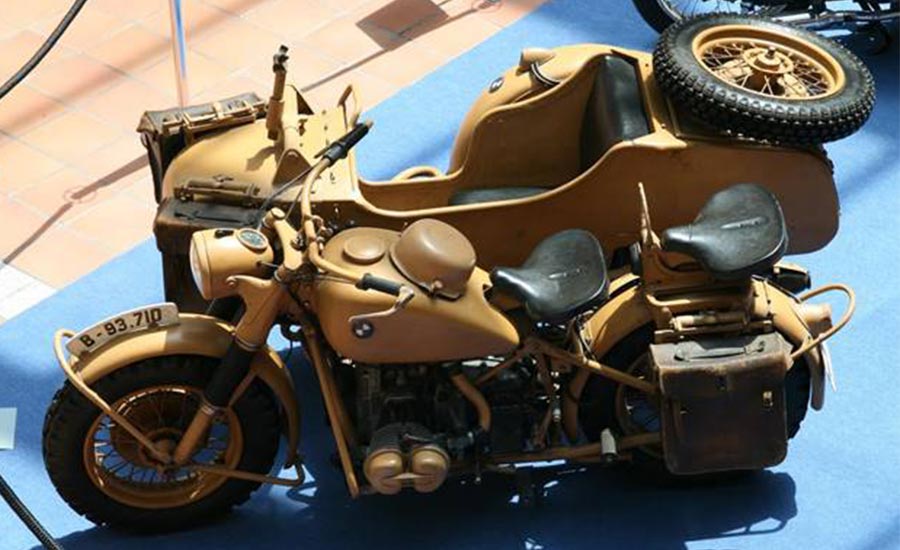
3. BMW R75/5
The BMW R75/5 was introduced in 1969 and was part of the BMW /5 series. The BMW R75/5 is powered by a 750 cc boxer-twin engine and can attain a top speed of 110 mph. In 1972, the BMW R75/5’s fuel tank capacity was increased to four gals. In 1973, the company increased the swingarm’s size, resulting in a longer wheelbase. The BMW R75/5 can produce a horsepower of 50 hp, a torque of 58 Nm, and a wet weight of 210 kg.
The BMW R75/5 is one of the more popular boxer-twin models used by custom builders. This motorcycle has a simple design, making it an ideal base model to build a cafe racer. The other popular BMW models that are used by custom builders include the K100, R100, and R65.
4. BMW R75/5 at First Glance
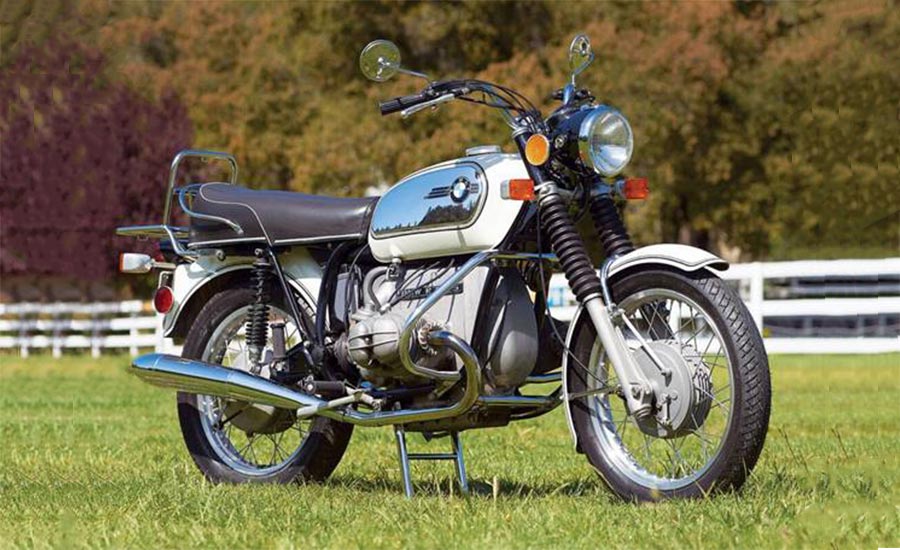
5. Top Three BMW R75/5 Cafe Racer Builds
5.1. The BMW R75/5 Cafe Racer Build by Cognito Moto
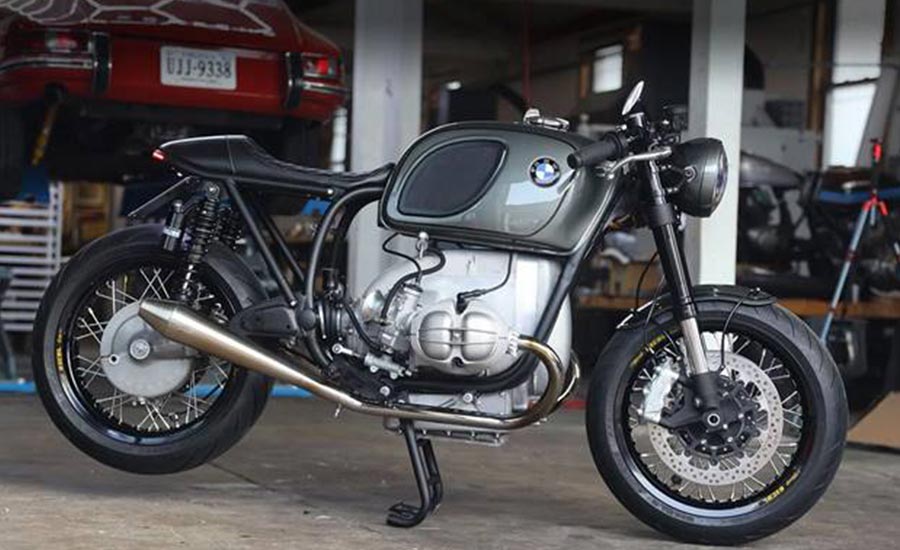
After building so many custom motorcycles for customers, the owner of Cognito Moto, Devin Henriques, planned to build a café racer for himself. A custom build is constructed from a motorcycle base. But in Henriques’s case, he only had the frame in his garage and had to order all the other parts necessary for the modifications.
When building a cafe racer for a customer, there are specific requirements and requests that need to be met while staying under a budget limit. However, a builder has more creative freedom and flexibility when designing a café racer for personal reasons. A builder can replace multiple old parts and enhance its features, making the cafe racer’s design more interesting.
Henriques wanted to build a fast café racer with a clean design and classic aesthetics. This vehicle’s subframe was custom-built in the workshop by Henriques. The subframe included a tail light that functioned as both brake light and turns signals.
Henriques fitted his café racer build with a more powerful 1970 BMW R75/5 engine. He used a Siebenrock 1000 cc-power kit to rebuild the top end. The cafe racer build’s carburetors came from the DellÓrtos and the air intakes were hand-made by Henriques. It also had an Enduro last 38 mm exhaust system installed with classic mufflers on both sides.
The café racer build’s front forks came from a 2011 Suzuki GSX-R 600, being fitted onto the frame using a custom-made triple tree made by Henriques. Towards the rear, Henriques also installed custom-made Ohlin shocks.
The cafe racer build’s Brembo brakes were also taken from the Suzuki GSX-R 600 and the front wheel used a bespoke configuration. A 17-inch Excel rim was fitted into the forks along with a new front fender by Henriques to enhance the classic look.
A Brembo caliper was used to complete the cafe racer build’s brake assembly and had Pirelli Diablo Rosso rubber tires installed. A custom-made round headlight cover was attached to the front fork with a Morimoto projector LED and an LSL bucket.
Atop the triple tree is a Motoscope Pro gauge by MotoGadget. This café racer builds included clip-on handlebars with switchgear and Biltwell grips.
The custom BMW R75/5 café racer built by Cognito Moto provides stable handling and significantly more power difference after the Siebenrock 1000 cc power kit is installed.
The Overview of the BMW R75/5 Cafe Racer Build by Cognito Moto (Video Link)
5.2. The BMW R75/5 Cafe Racer Build by Fuller Moto
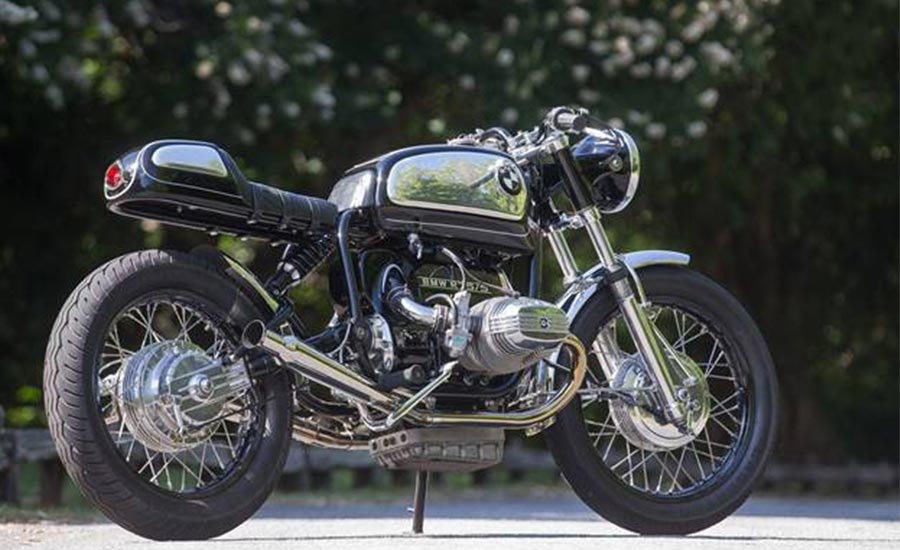
Bryan Fuller, the owner of Fuller Moto shop, has built several café racers and futuristic-looking custom motorcycles throughout his life. For one cafe racer project, he took a 1975 BMW R75/5 as a motorcycle base to build a classic café racer with a minimalist design. Fuller wanted to design a cafe racer with traditional looks from the 1970s with a slightly modern touch.
The first challenge Fuller Moto encountered was figuring out how to extend the swingarm on the café racer build. The metal in front of the swing arm had to be cut and extended by two inches to be able to install the FOX Shox mono-shock.
A cafe racer’s look is incomplete without the aesthetically-pleasing hump seat. This custom motorcycle seat was designed using a vintage leather jacket. A new tail section was made out of Chromoly and cut off the stock dual shock mount.
The fuel tank was stylishly designed with a shiny black color scheme and chromed sides. The fuel tank’s cap was a hand-made piece made out of aluminum. Another custom piece constructed for this café racer build was the martini glass-style silencers attached to the stainless exhaust hangers.
To avoid cable clutter, Fuller’s cafe racer build was fitted with an American Autowire vintage stock. The stock battery was also replaced with a lithium battery that was compatible with the new electronic ignition installed. The final result is a BMW R75/5 café racer build that combines a traditional and modern design.
A Slideshow of the BMW R75/5 Cafe Racer Build by Fuller Moto (Video Link)
5.3. The BMW R75/5 Cafe Racer by Josh Withers

Josh Withers became a well-known custom motorcycle builder after his 1973 R60/5 Café Racer build became famous worldwide. Withers is a professional mechanic who owns a garage in Southern California. He used an old, beat-up 1975 BMW R75/5 worth only $600 as a base. The BMW model’s rods were broken and several parts were missing. While Withers was buying this motorcycle, a stranger came to him and asked if he would like to buy a different 1975 BMW R75/5 instead. Withers decided to buy this model too, now having two 1975 BMW R75/5 models to work with. The customer who requested the BMW R75/5 Cafe Racer asked Withers to make it look like his silver 1965 Porsche.
The BMW R75/5 Café Racer by Josh Withers required its engine, final drive, front forks, speedometer, and wheel bearings to be rebuilt, with its gearbox being upgraded to a five-speed variant. Withers installed the Siebenrock cylinder and piston upgrade kit onto the cafe racer build. The Siebenrock upgrade kit can be easily attached to the BMW R75/5’s rod. This kit helps upgrade this BMW R75/5 Café Racer’s engine power output by 20%. This cafe racer build was fitted with rear shocks from YSS, an electronic ignition from Dyna, rims from Akront, and a lightweight flywheel. The battery was hidden inside the tail cowl and the tail light was attached below that next to the license plate holder.
The BMW R75/5 Café Racer build’s the throttle, clutch, and brake cables were custom-made with a gray color scheme, along with custom swingarm caps designed to match the Porsche’s look.
The café racer build’s exhaust was taken from a 1937 BMW R12. Small front turn signals were attached to the front fork and rear turn signals were attached to the frame below the tail cowl. The BMW R75/5 Cafe Racer by Josh Withers was completed within two years and four months.
The Story of the BMW R75/5 Cafe Racer Build by Bryan Fuller (Video Link)
6. Takeaway
The BMW R75/5 is a popular model among custom motorcycle builders who love to build café racers. This motorcycle is an ideal base and comes with a powerful twin-boxer engine. The BMW R75/5 is a very old model available on the second-hand market at a cheap price. Most of the available old models are in bad condition, so it is up to the skills and craftsmanship of the builders to turn an old BMW model into a modern cafe racer.
If you want to use your cafe racer for light touring, Viking Bags has different LUGGAGE options available, including SADDLEBAGS, TAIL BAGS, and TANK BAGS.

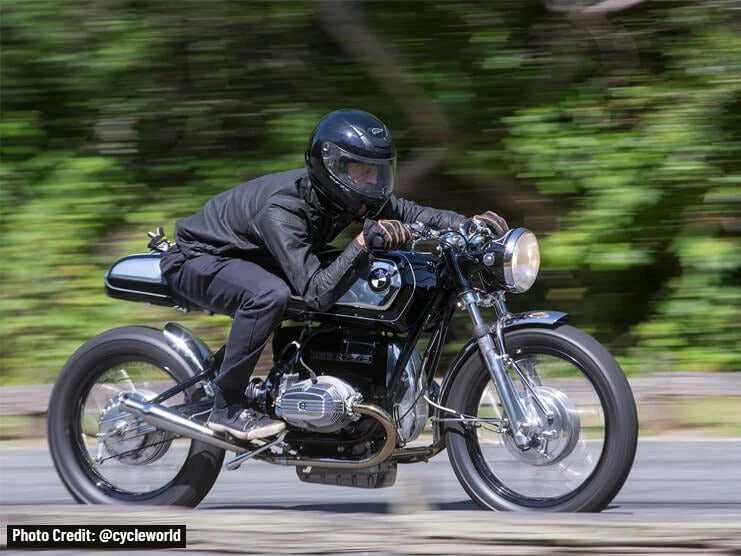









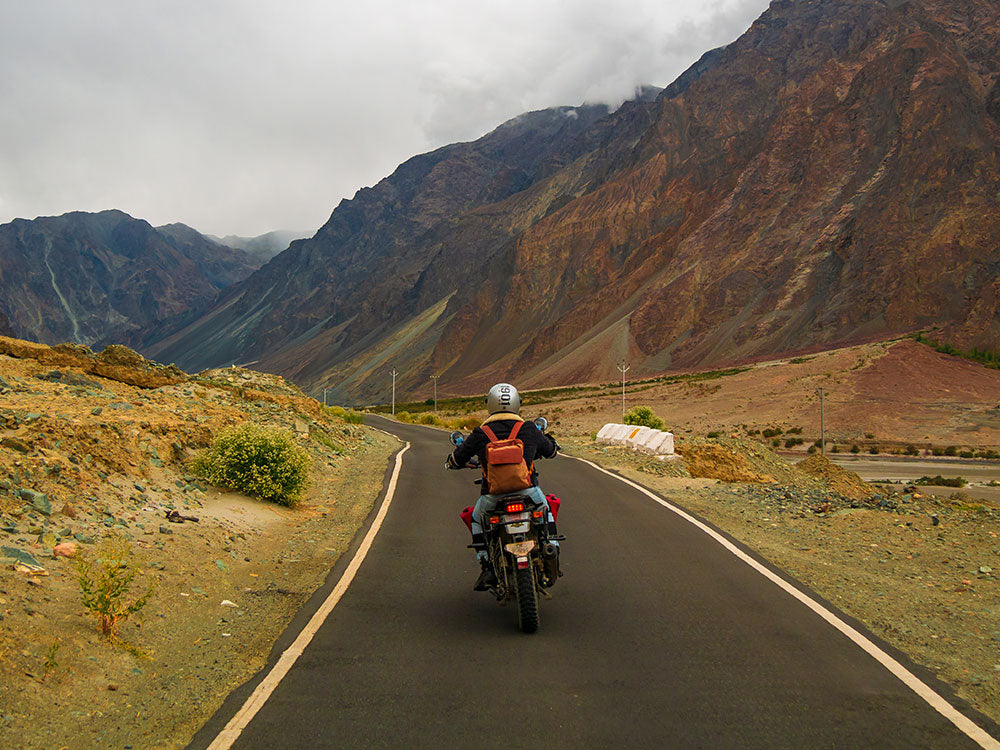
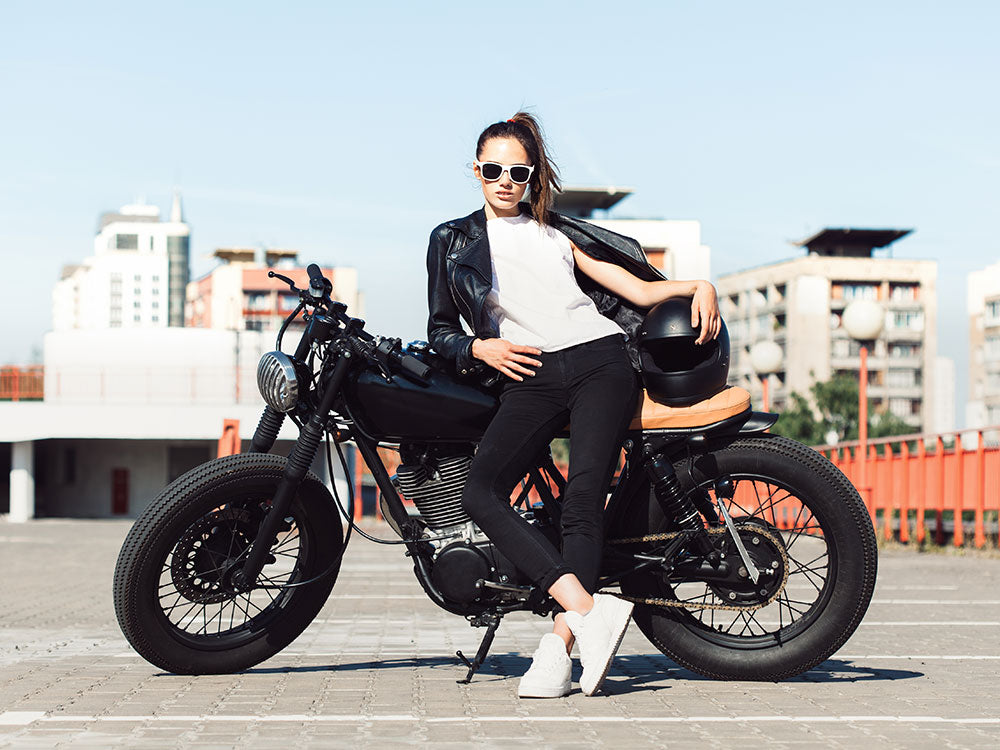
Leave a comment
All comments are moderated before being published.
This site is protected by hCaptcha and the hCaptcha Privacy Policy and Terms of Service apply.